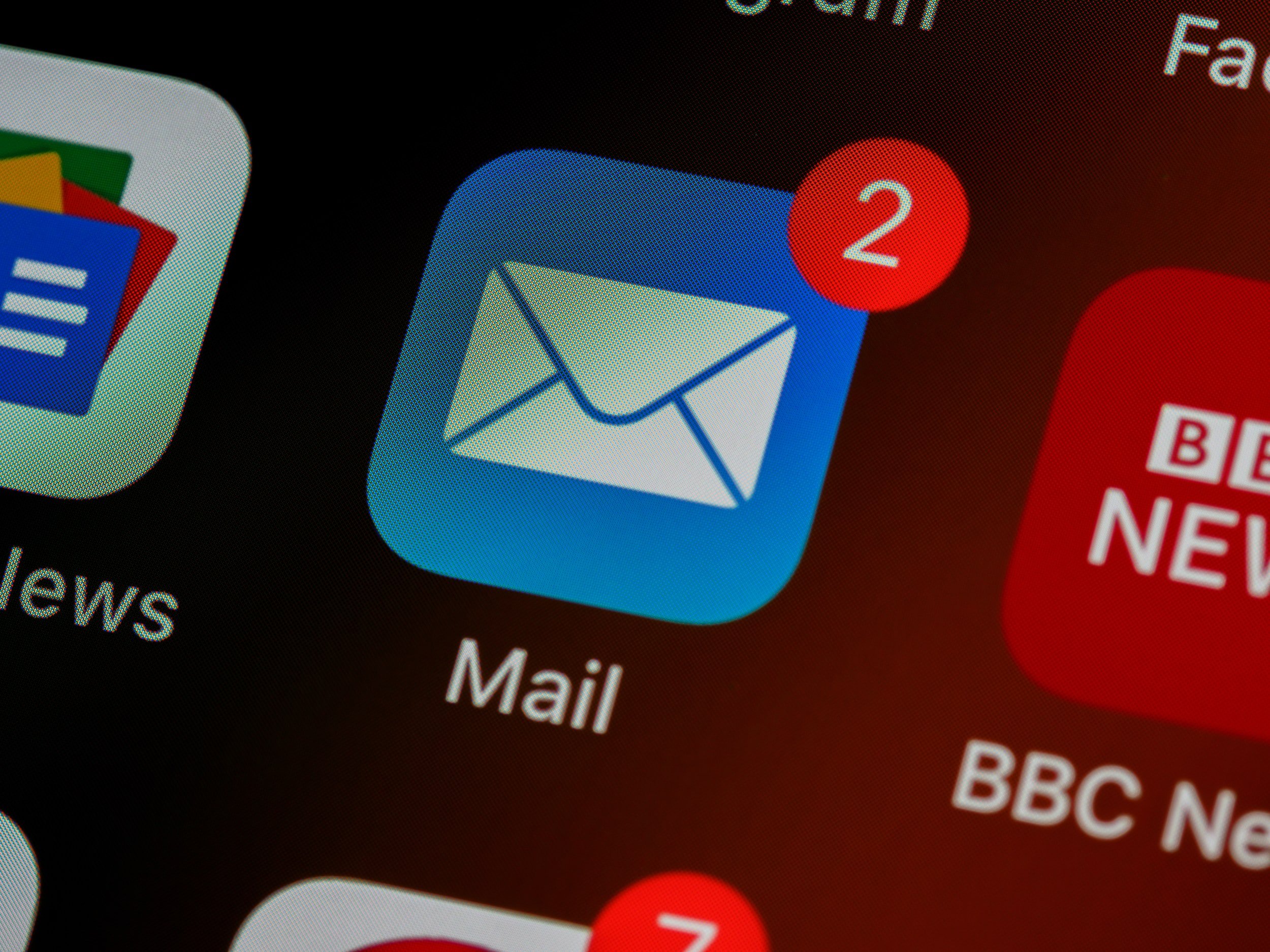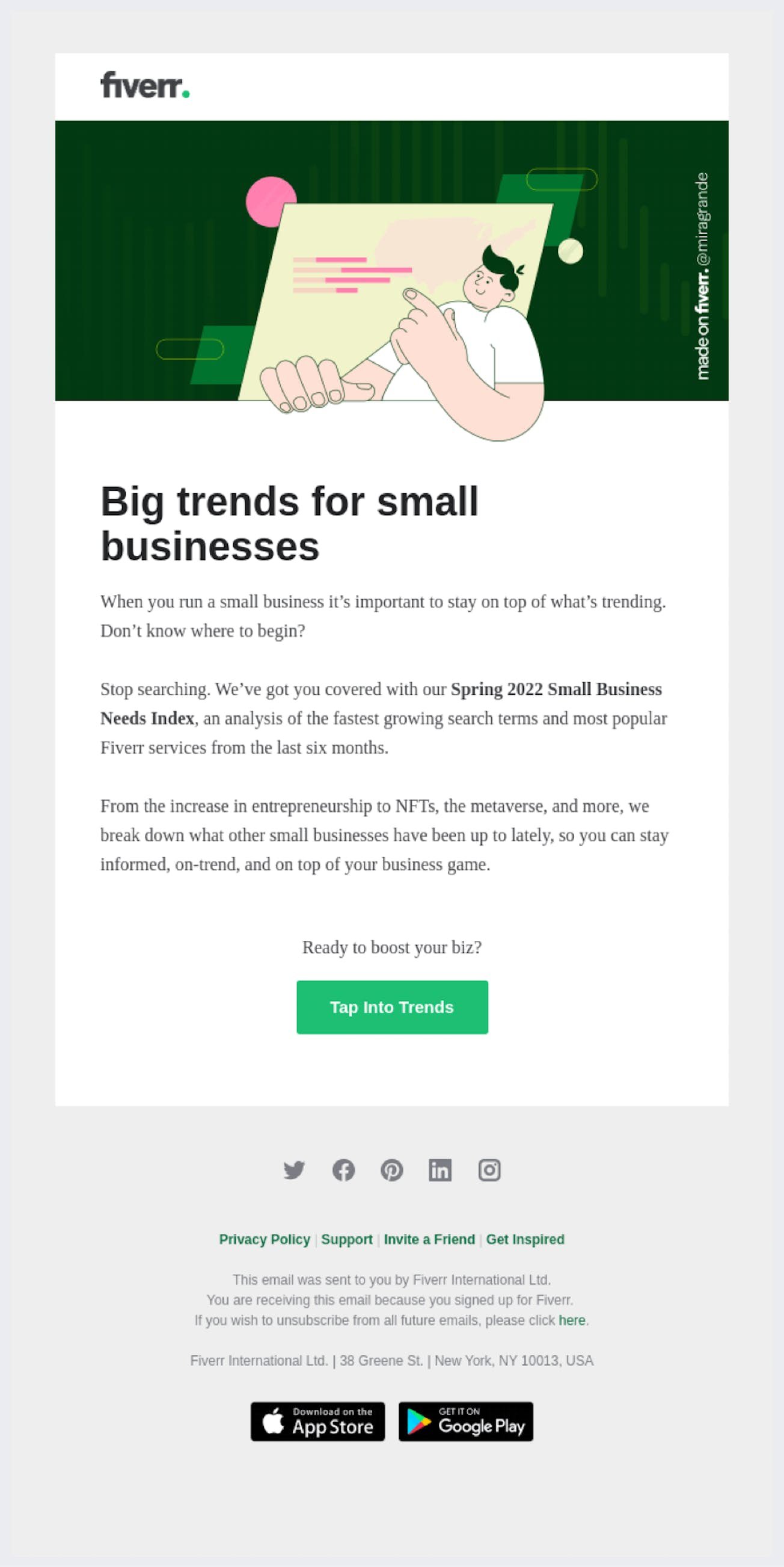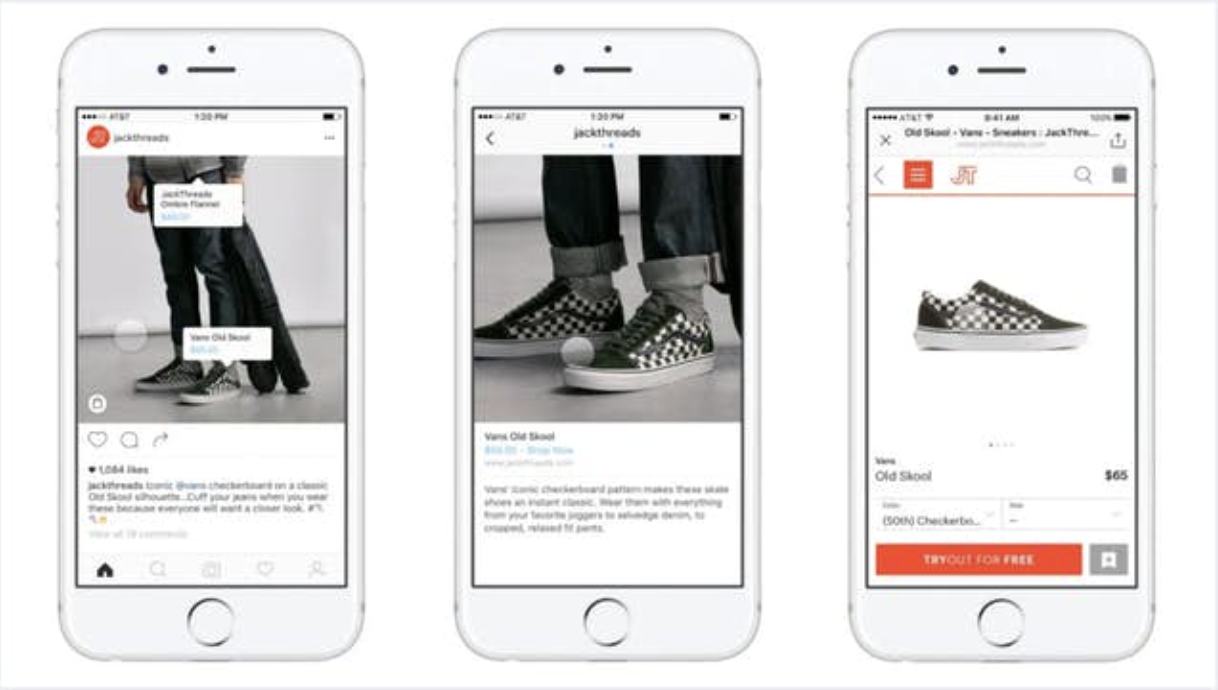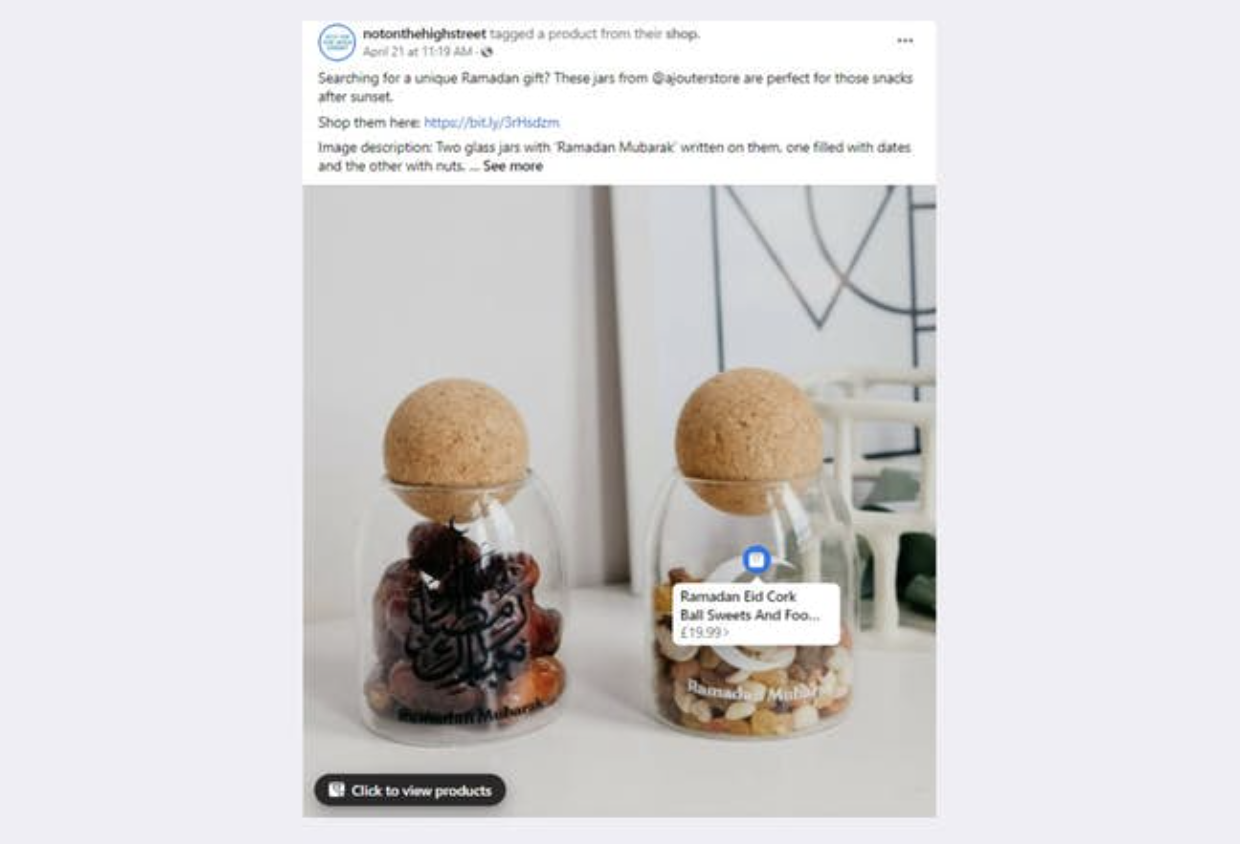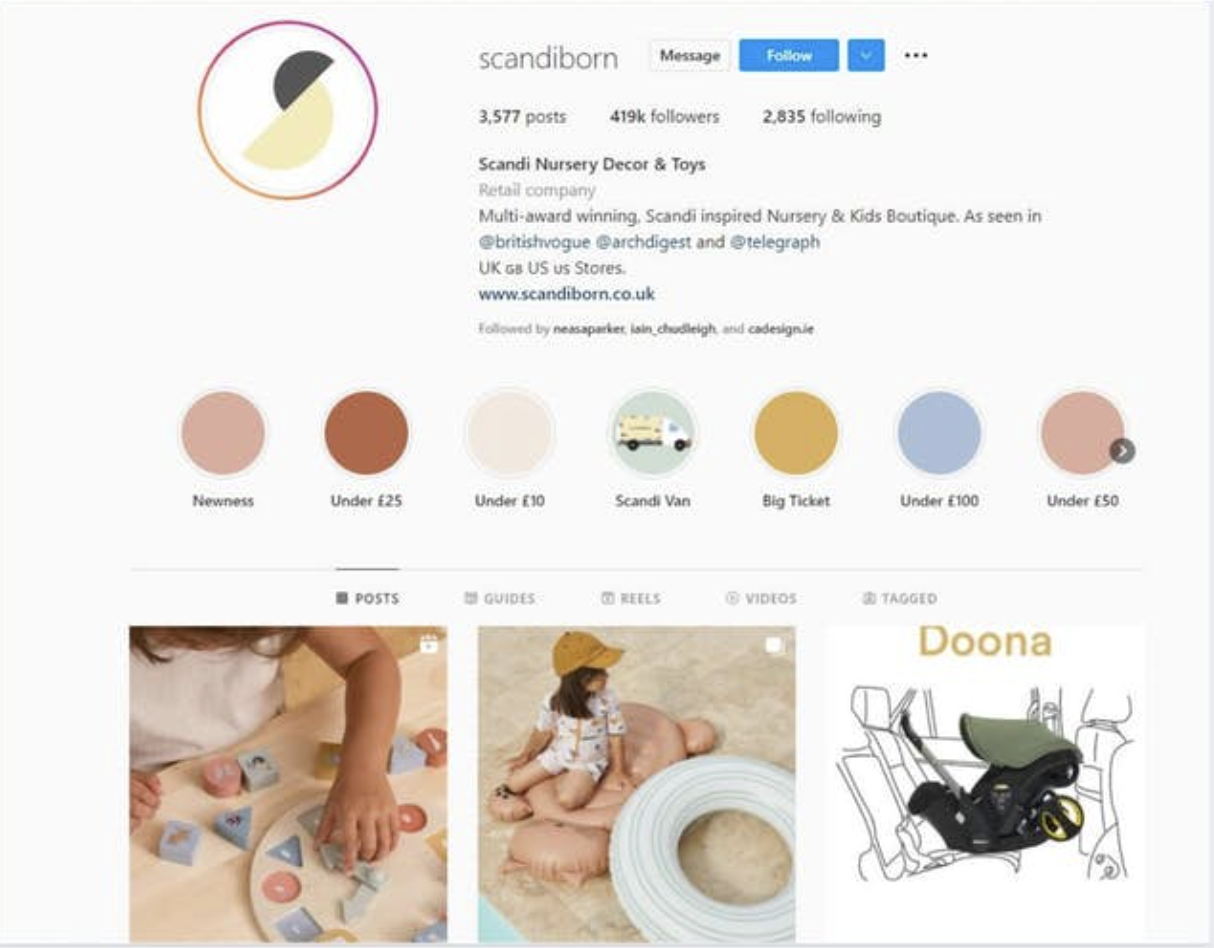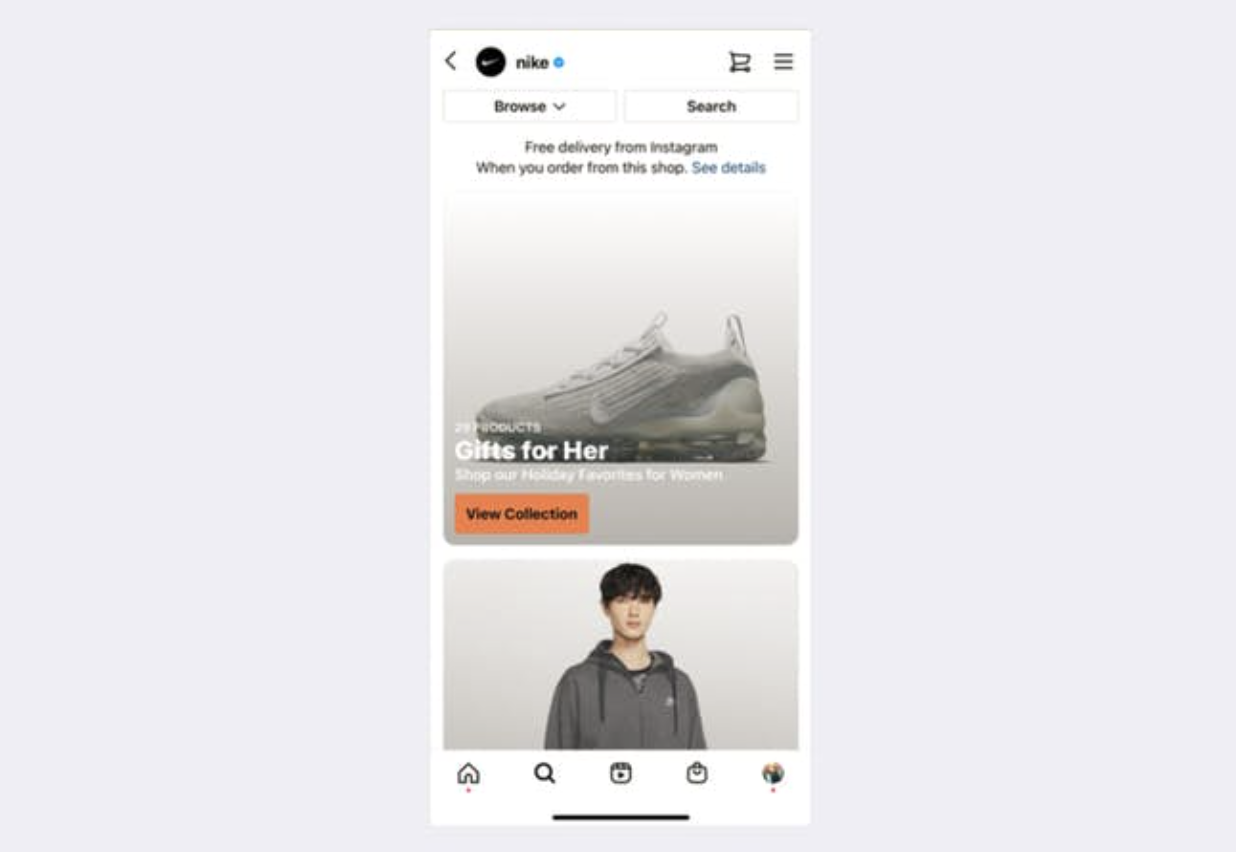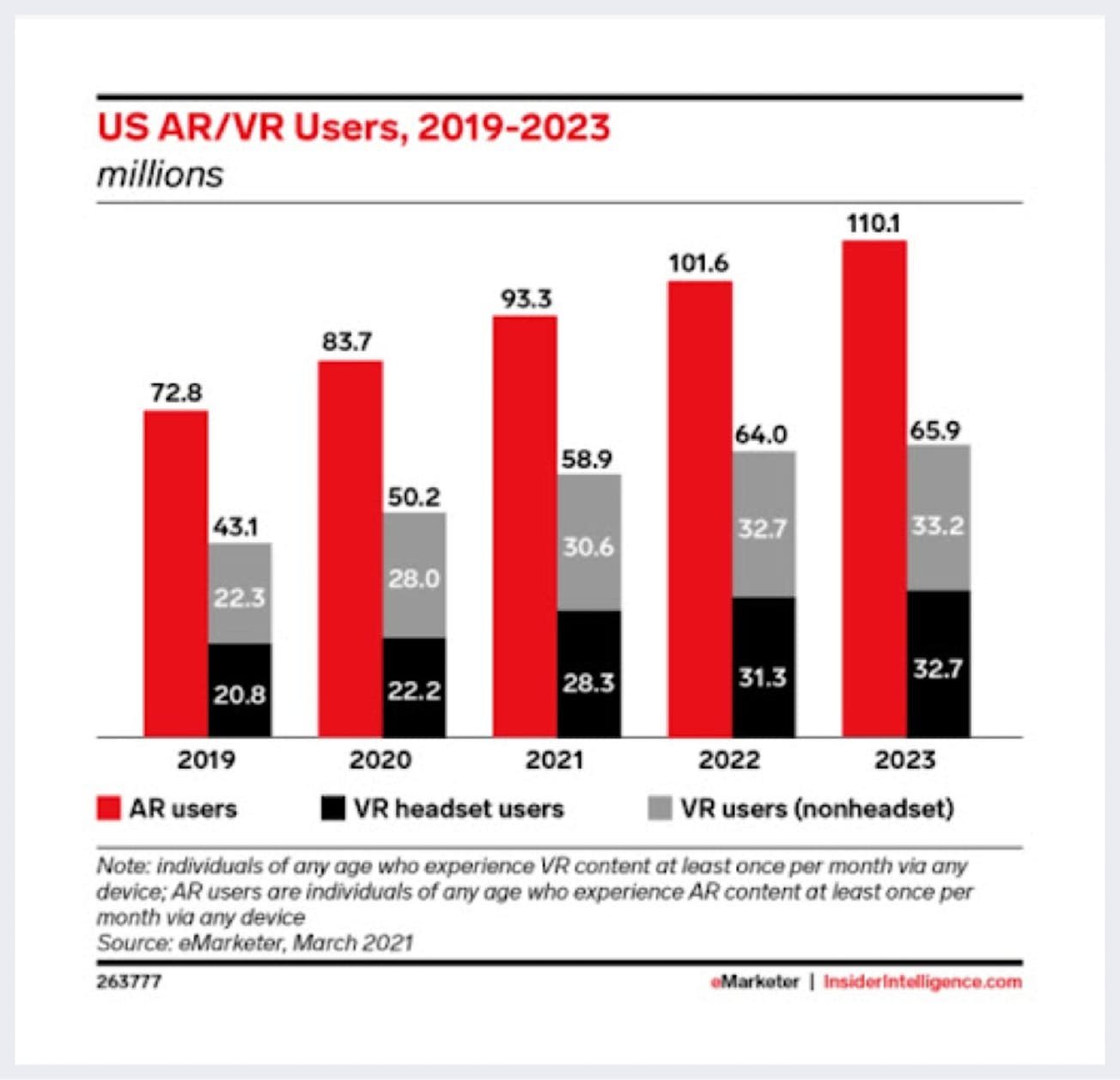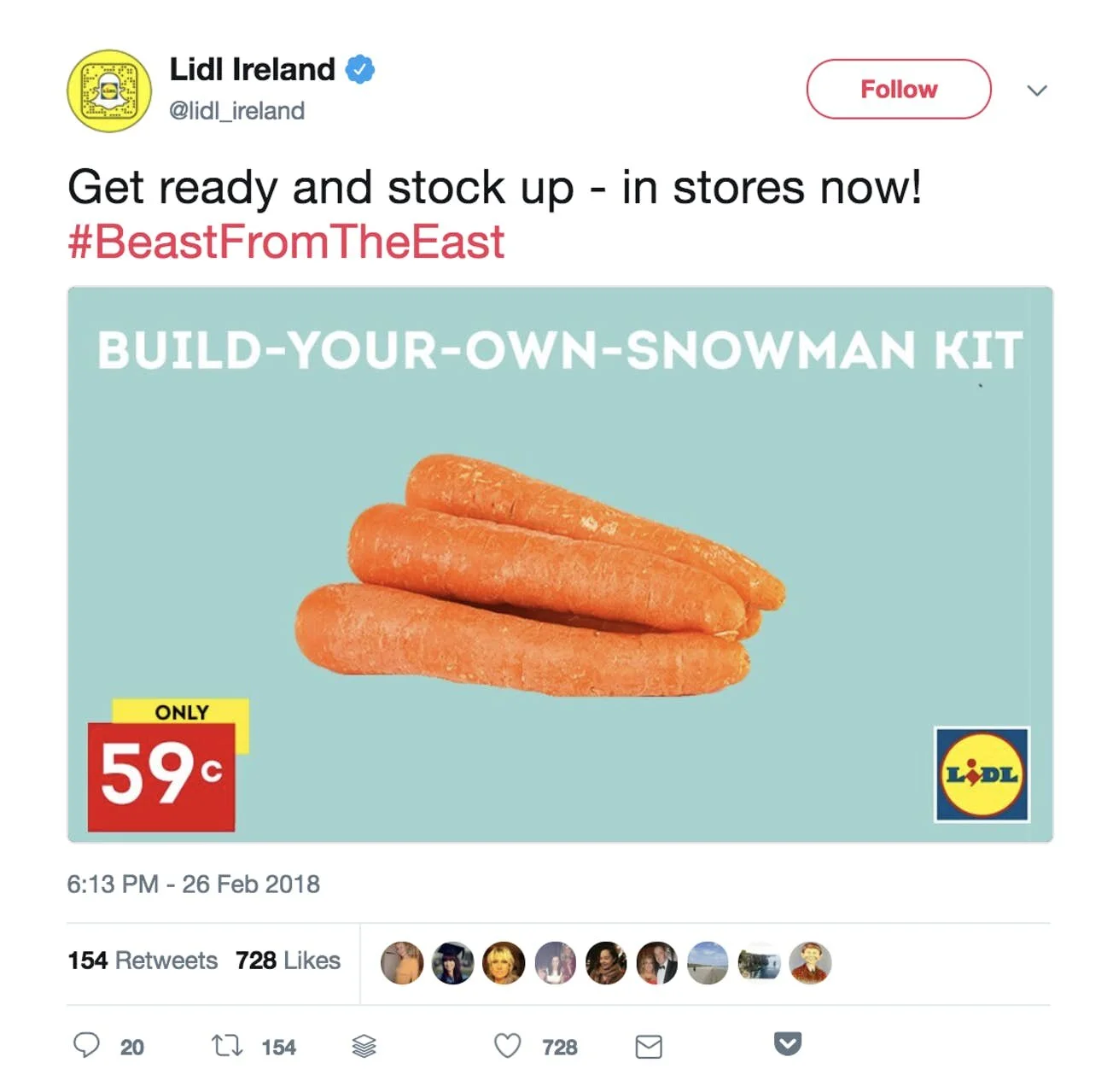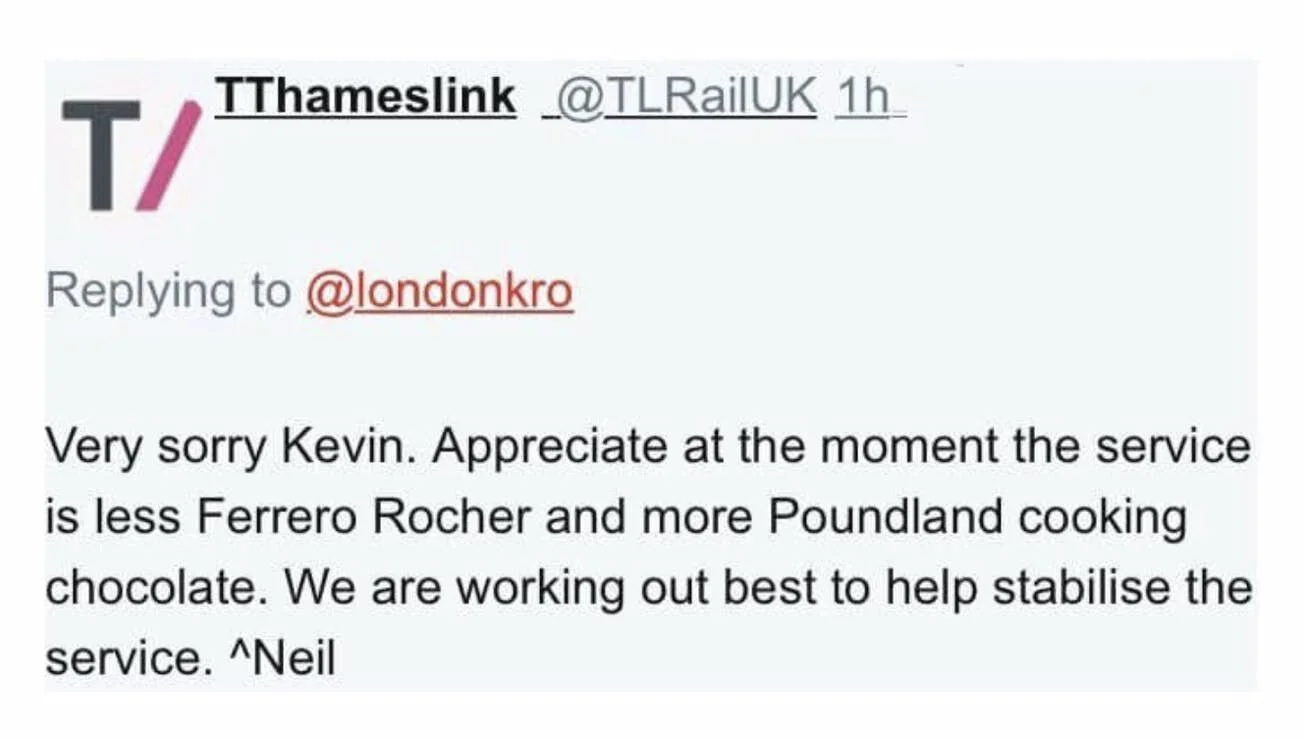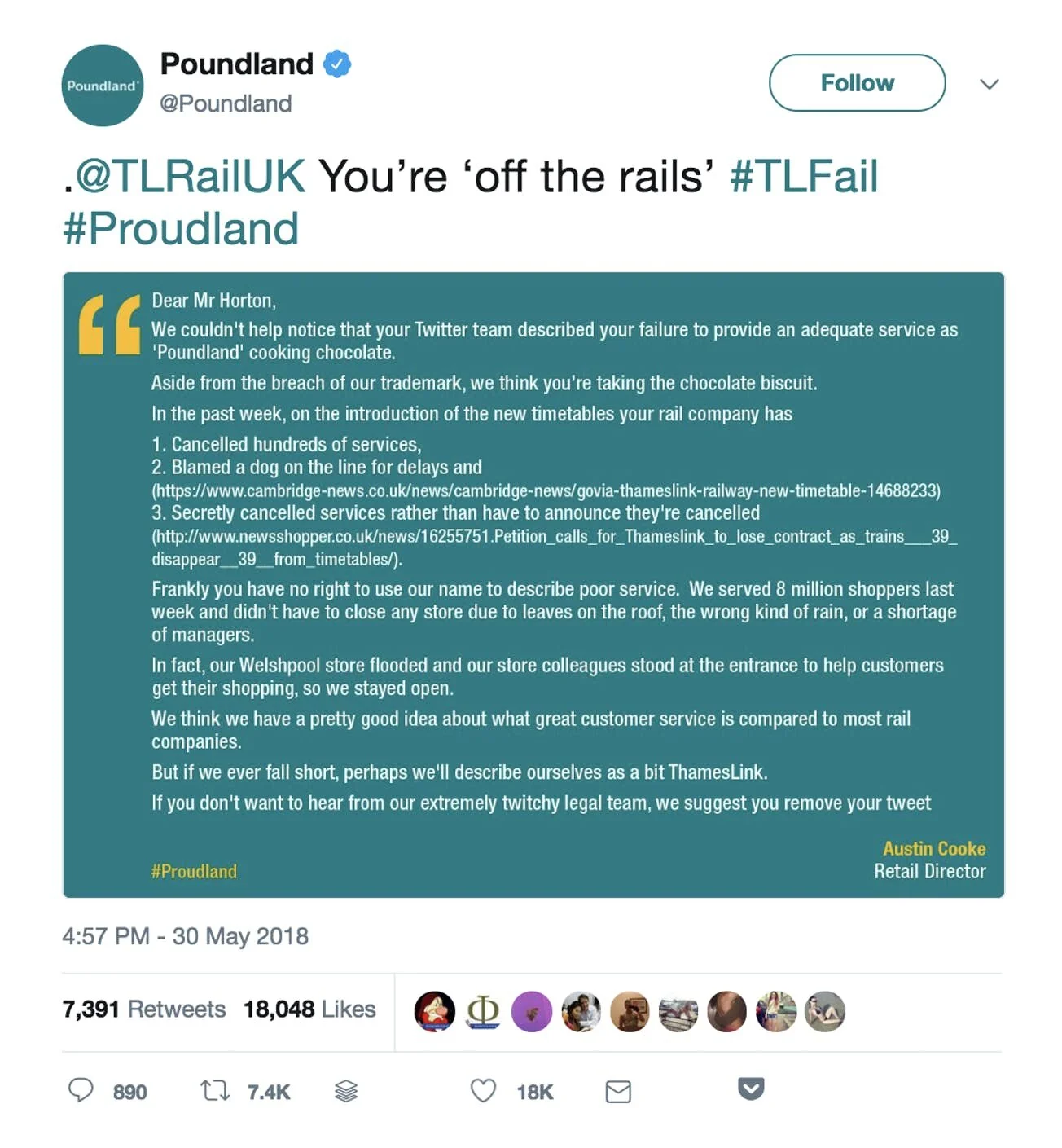Consumers are waking up to the value of buying products and services. Brands that take an active role in driving societal change or supporting causes that matter to customers are now actively sought out by consumers.
More companies are investing in Corporate Social Responsibility (CSR). Creating a competitive advantage in the marketplace does more than drive people to connect with a brand.
The use of social media is an effective way to promote and engage people in CSR. Statista projects there will be more than 6 billion users by 2027, according to Statista.
This article will provide tips for boosting engagement, reaching a wider audience, and empowering your customers through social media.
1) Promote action and reaction
Social media channels are great for promoting your CSR programs. However, posting and leaving isn't enough. Your social media followers need to be engaged and encouraged to take action, or at least react.
For instance, you might post about reducing the company's carbon footprint and prompt engagement. Inviting followers to a sustainability webinar would be a good way to expand the program.
The ECOS company focuses on sustainability and the environment with its eco-cleaning products. Their Instagram carousel encourages people to try sustainable coffee swaps. Not only is it interactive, asking people to swipe, but it also provides simple and actionable environmental advice.
ECOS Instagram
2) Maintain consistency but don't overdo it
Keep your CSR commitments in focus, but don't dominate your social media feeds with just this kind of content.
A prospect or customer may perceive it as overbearing, pushy, or salesy. In contrast, if you say too little, it could appear as though you do not value your commitments.
Social media feeds should always have a mix of content. It is essential to keep your social media posts in line with your ethos and values.
Nike is a good example. As there is so much content and ground to cover in terms of topics or issues, the company puts its values front and center, as can be seen in its Twitter profile update.
Nike twitter profile
The two hashtags on their profile support black rights and advocate for the cessation of Asian hate, making it clear where their focus lies. Their Twitter feed offers entertaining and diverse content, featuring sports personalities, promoting new products, and recalling moments in sporting history, while never forgetting their CSR commitment. This is a tribute to Serena Williams after her final tennis match, with a prompt for followers to share their stories.
Nike Serena William's retirement tweet
3) Be an advocate for change
Having a CSR program that is focused is crucial. It doesn't mean you should link CSR issues to social media trends. On the other hand, there are times when it is essential to be vocal and to take action about issues that matter to your industry.
A #StopHateforProfit campaign was launched in 2020 by social justice groups in response to Facebook's inaction on hate speech and misinformation.
Smaller companies joined at first, but larger brands such as BestBuy, North Face, Diageo, Walgreens, and Adidas also joined.
4) Storytelling is an effective tool
Corporate social responsibility initiatives require storytelling. The narrative you weave on your social media channels should engage people and make them curious about more.
If you post about your partnership with a local charity, people may not click. It's more likely to prompt action and reaction if you post a testimonial of somebody or a family that will benefit from your contribution.
5) Make your brand more human
CSR programs should enhance the perception of your brand, but you can also put a human face on them by highlighting your top executives or employees.
This relates to the storytelling we discussed earlier. Stories can come from unexpected places, but if they are told well, they can enhance public perception of your brand and benefit you.
6) Curate content
CSR initiatives adopted by your company will also resonate with other companies. As a result, you're likely to find research or developments in areas where your social media audience is interested, such as climate change.
Using third-party information and posts to highlight issues will cement your CSR initiatives. Rather than taking away from your brand, you will demonstrate your dedication to a cause because you care, not because you want to drive traffic.
7) Collaborate with a non-profit
Despite endless postings about your CSR efforts on social media, customers want to see results. In order to bring about positive change, we need to invest in these initiatives. Partnering with or supporting a non-profit organization is an effective way to accomplish this.
Consider the non-profit's mission instead of its profile when choosing one. Rather than how many followers they have or how well known the brand is, it's about aligning your values with theirs. Small and local organizations may be a better fit for a small to medium-sized company and may also have a greater impact locally.
Over the past fifteen years, The North Face has partnered with breast cancer organizations Boarding for Breast Cancer and Breast Cancer Prevention Partners. Their goal is to support outdoor wellness and recovery.
A brand that makes outdoor clothing raises awareness and funds at the same time. Throughout the campaign, pink items reflect the breast cancer logo and breast cancer survivors are featured, including climber Louise Mousseau.
The North Face on Instagram
8) Plan ahead for social media crises
Social issues are always controversial and there's always the possibility that not all reactions are positive.
That's why you need a plan to deal with a social media crisis. Whenever there is a backlash or negativity from the public, the response must be coordinated, aligned across platforms, and well planned.
It is important to choose a tone of voice, to have access to content that will help form a response, and to have a spokesperson who is familiar with media responses if necessary. Be quick to respond, but keep it measured; do not let things snowball by waiting too long.
Learn more about how to have a holistic social media and digital marketing strategies by joining our globally recognised certificate course today - taught by the industry experts!
Source: Digital Marketing Institute








